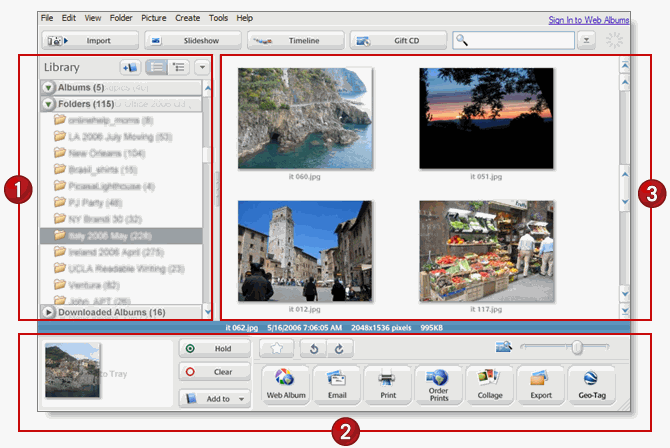
It is an event. With this objective, Tamron opens its drive system ultrasound (USD): Ultrasonic Silent Drive.
The SP AF 70-300 mm F4-5, 6 Di VC USD enriches catalog Tamron. But what is striking about the statement, it is the last three initials: USD for Ultrasonic Silent Drive. The ultrasonic engine finally arrives at Tamron. And it is a very good thing. This 70-300 mm stuff the manufacturer's catalog Nippon, with a complete data sheet: in addition to this new technology, this telephoto lens provides stabilization VC (Vibrating Compensation). The symbol means that Di is compatible with full frame SLR and APS-C. A glass dispersion (XLD) also appeared to improve the sharpness throughout the zoom range. This lens will be released next spring, to mark the sixtieth anniversary of the company Tamron. Its price is currently unknown. It will be first available in Nikon mount. The Canon and Sony versions will follow in the wake. Note, this last reference disappears from VC statement. The Reflex brand is indeed stabilized.
Key Features:
- Mounts: Canon, Nikon, Sony
- Form of View: 17 elements, 12 groups
- Lens hood: yes, tulip
- Tropicalization: NC
- Engine: Yes, ultrasonic
- Stabilization: Yes
- Minimum Aperture: F32-45
- Diaphragm: 9
- Filter Diameter: 62 mm
- Minimum Distance Focus: 1,5 m
- Dimensions (L x ø): 142.7 x 81.5 mm
- Weight: 765 g
Read More !








